As Liverpool leave Melwood for their new training facility at Kirkby, this piece looks back on fondly on Melwood the place and some of the people who made it special.
What exactly is in a place? At the end of the day we know places are important, but ones that hold memories and history and dreams? Do they pass away?
When Bill Shankly arrived at Liverpool Football Club, Melwood was a place well worth forgetting, in fact its dilapidated state nearly made Shankly question his decision to leave Huddersfield.
He famously described it as a “sorry wilderness” in his autobiography My Story, recounting with his dry Scottish humour: “One pitch looked as if a couple of bombs had been dropped on it. ’The Germans were over here, were they?’ I asked.”
Liverpool FC had previously bought the pitches and land for their training ground off a local school – Saint Francis Xavier – taking the name, the merging of Father Melling and Father Woodlock’s surnames, with them too.
The lone ramshackle building on the site appeared something between a school building and a cricket pavilion, and had to house the changing rooms in the early years.
Part of the reason for the decaying state of the facilities was the fact most of Liverpool’s training occurred at Anfield itself up until Shankly’s arrival, often in the carpark or gym under the stands.
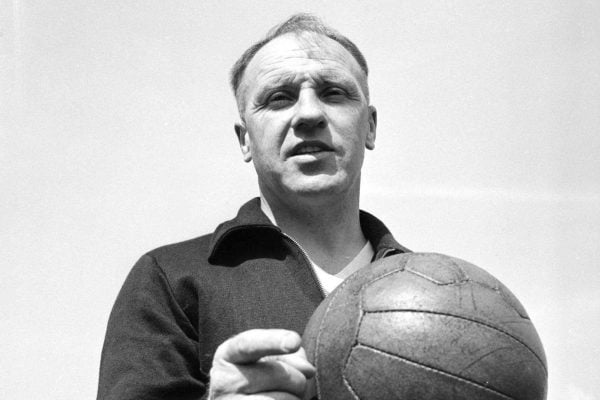
Liverpool historian Stephen Done notes the ludicrous nature of such training conditions when seen through modern eyes: “Imagine it now, the players working on concrete and tarmac.”
The development of Melwood into Liverpool’s training ground would be key to the implementation of Shankly’s lofty vision, but the first step was relatively menial: to clear pitches “covered in glass, stones and bricks.”
Together with the groundsman, and the three coaches who would form the legendary Boot Room – Joe Fagan, Bob Paisley and Reuben Bennett – the restoration of the club began out of the uncut wilderness of Melwood.
Initially the old pavilion building was repainted and the pitch was worked on by Anfield’s ground staff until it was up to Shanks’ standards.
Shankly’s methods involved training with the ball as much as possible, which made the development of Melwood essential, and yet both his footballing style and his work ethic were derived from his working-class Scottish roots.
In this sense, Melwood became symbolic of the transformation Shankly wanted to implement upon the club, a place everyone would be proud to come to do their work and nobody would shirk it.
On the technical and training side of things new methods centred around five-a-side pitches, the shooting boards and sweat box – four wooden walls which would ricochet the ball off at angles to be chased relentlessly, both physically and technically gruelling.
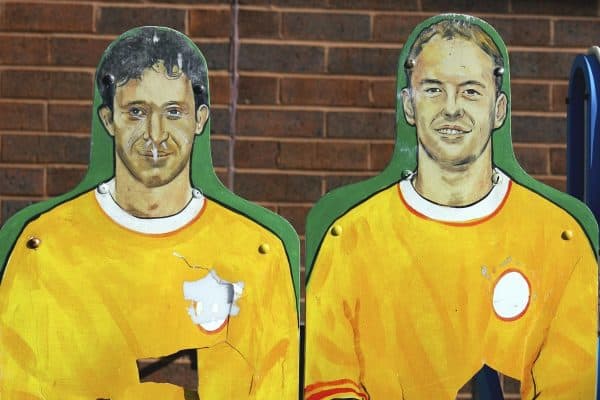
There was also Mini-Wembley, the small-sized pitch where the staff would play against younger players to pass on their experience but also test their mentality.
Shankly moved in down the road from Melwood almost immediately and never left, even after retirement, knowing full well it was not just home: “It was where Liverpool was made.”
Over time the old pavilion would be demolished and gradually expanded, to match the rise of the club.
It was the people and characters who would bring the place its charm and develop its lore.
Everyone knows the importance of football within the city of Liverpool, and Melwood deepened those ties, embedded as it was in the local community.
In the Boot Room days a certain amount of locals were welcome to come and watch from the sidelines, and those who couldn’t get in – often children – would climb and watch from the walls.
Those stone walls around the place were not just iconic to the space, but helped give the place its feel. The granite was said to rebound loud voices on the training ground, leaving echoes of characters past and present.
Watching over those walls became something of a tradition, with bins, cars, traffic barriers and any other object within reach all being enlisted into service as stepladders when big games were on the horizon.
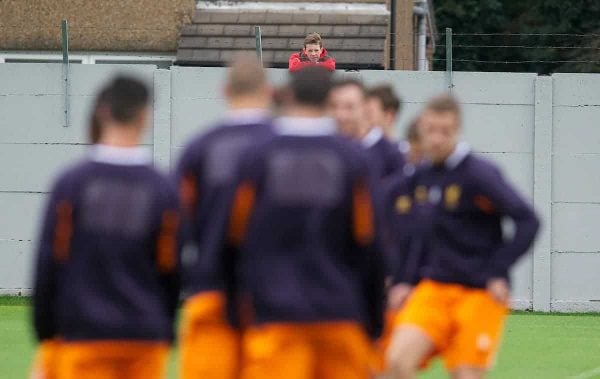
Whether it was the infamous Champions League semi-final against Chelsea, or the title run-in when Brendan Rodgers’ team came so close and supporters draped the ‘Make Us Dream’ banner over Melwood’s walls, or fans waiting outside the gate for a new signing, some of the most iconic moments involved local supporters.
The careers of some who would go on to make their names in football began peering over Melwood’s bulwarks, such as a young Trent Alexander-Arnold, who lived locally and remembers being an avid watcher on the walls.
Another unexpected voyeur was Colombian coach Juan Carlos Osorio, formerly manager of Mexico, who went one step further and leased a house with a view into Melwood when he was a student studying at John Moores University.
Osorio, known as ‘El Recreacionista’ (The Recreationist) for his unusual training methods, would be scribbling away in notebooks as he watched Gerard Houllier’s training sessions, as the new Liverpool manager dramatically altered the place.
Sachin Nakrani wrote for These Football Times that Houllier, “a revolutionary spirit,” would “save Liverpool Football Club,” and the revolution truly began with the transformation of Melwood in 2001 into a facility fit for the new century.
On the pitch, this transformation would mean a combination of new overseas names and local talent such as Jamie Carragher and Steven Gerrard emerging.
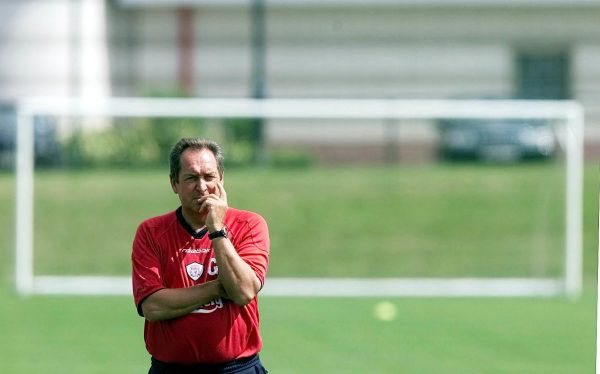
Houllier was the manager who dragged Melwood out of the past and into the future, but he felt the pull of the place and its history, recently telling The Athletic: “It had a soul and you could feel it.”
Can a place have a soul? Or is the soul contained within the stories and memories which we project onto it? Perhaps, at a certain point, it doesn’t matter.
For many years the soul of Melwood, embodied in human form, would trace its perimeter on his morning walks two or three times a week until he passed. Carragher followed him and hung off his every word; this was a man who had done and seen it all.
It was, of course, Ronnie Moran, the man whose biography was simply named Mr Liverpool, though it might have as aptly been named Mr Melwood.
But many people were important to Melwood.
The outpouring of emotion and nostalgia from former players, coaches and supporters across social media has shown how much Melwood meant.
When Jurgen Klopp arrived, he was astounded at the number of people who worked at the training facility. In Germany he had been used to only the players, coaches and ground staff being present.
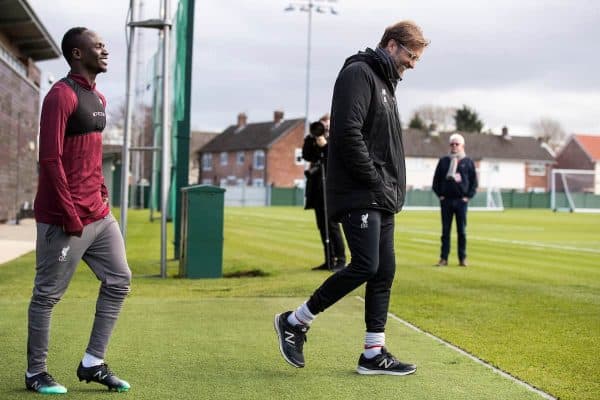
Being a people person, Klopp stated: “I knew from the first moment that I love this kind of environment.”
It was the wide range of staff, like the long-time gatesman Kenny Grimes, which gave the place extra character and ensured it had a local homely and family atmosphere.
Those reporters and Liverpool fans who wrote about the club loved every minute of being there and relayed its stories to a larger audience, such as This Is Anfield’s own Chris McLoughlin, also played a part in making the place special.
Melwood was upgraded for the final time just as Klopp arrived at the club in 2015, becoming a state-of-the-art facility which has been the launchpad for the club’s current success.
In My Story, Shankly had commented that despite its decayed state, it had one redeeming feature: “Well, it’s big and can be developed. At least there is space here.”
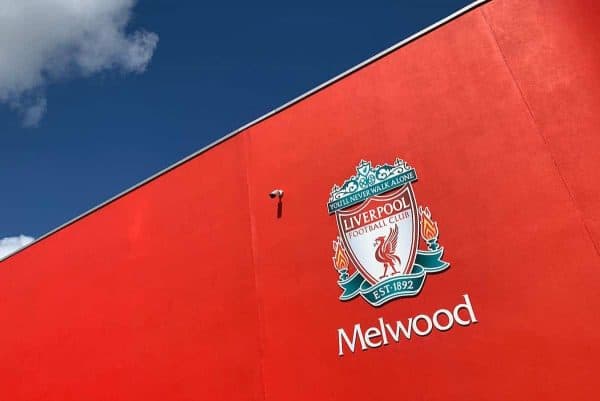
At Melwood, finally, space had run out. Despite its development, the separation between the youth setup at Kirkby and the senior team at Melwood was impeding the ability of the manager and coaches to access both and develop young talent and the team collectively.
When Shankly moved into Melwood and developed it into the club’s training base there were no traditions there, the place meant little. The opportunity at Kirkby is to have a facility which represents the new vision of Liverpool, and create a new tradition.
We have to trust the club is making the right decision, for the betterment of the club, like the decisions to alter Melwood in the past, and hope some physical trace of Melwood remains in the Tribuna.
But regardless of that, we will always have the memories.

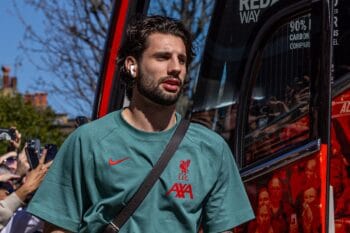
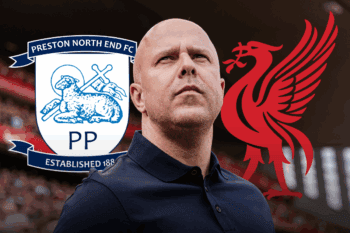


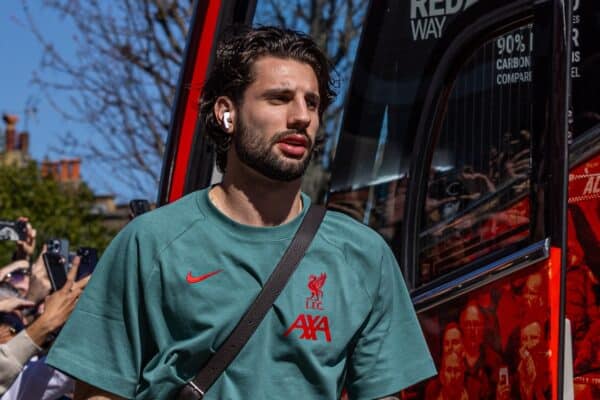
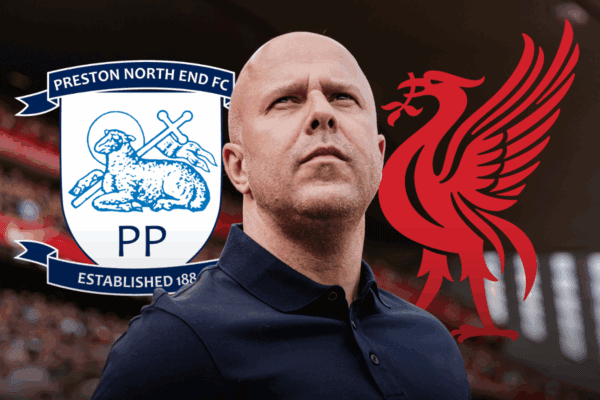

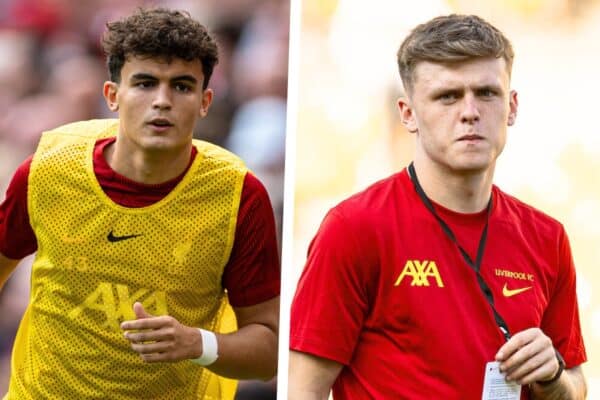

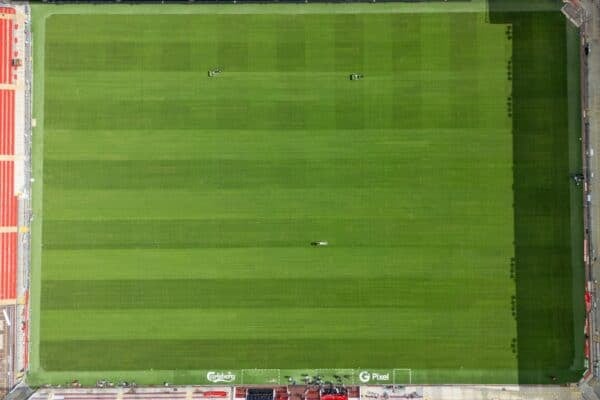
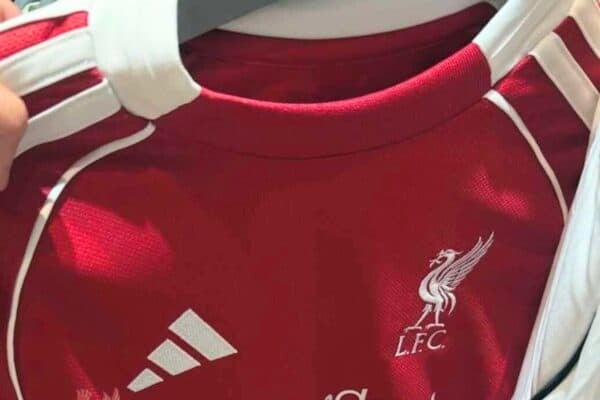
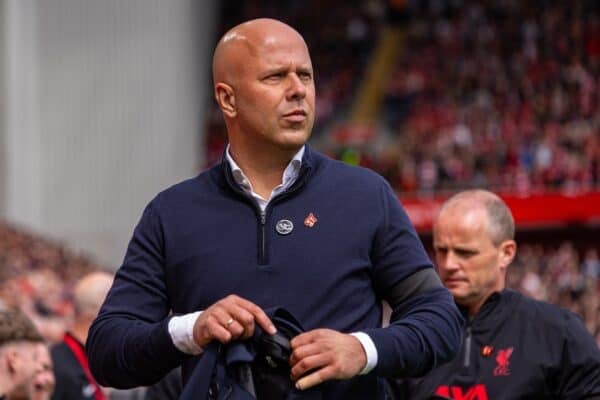





Fan Comments